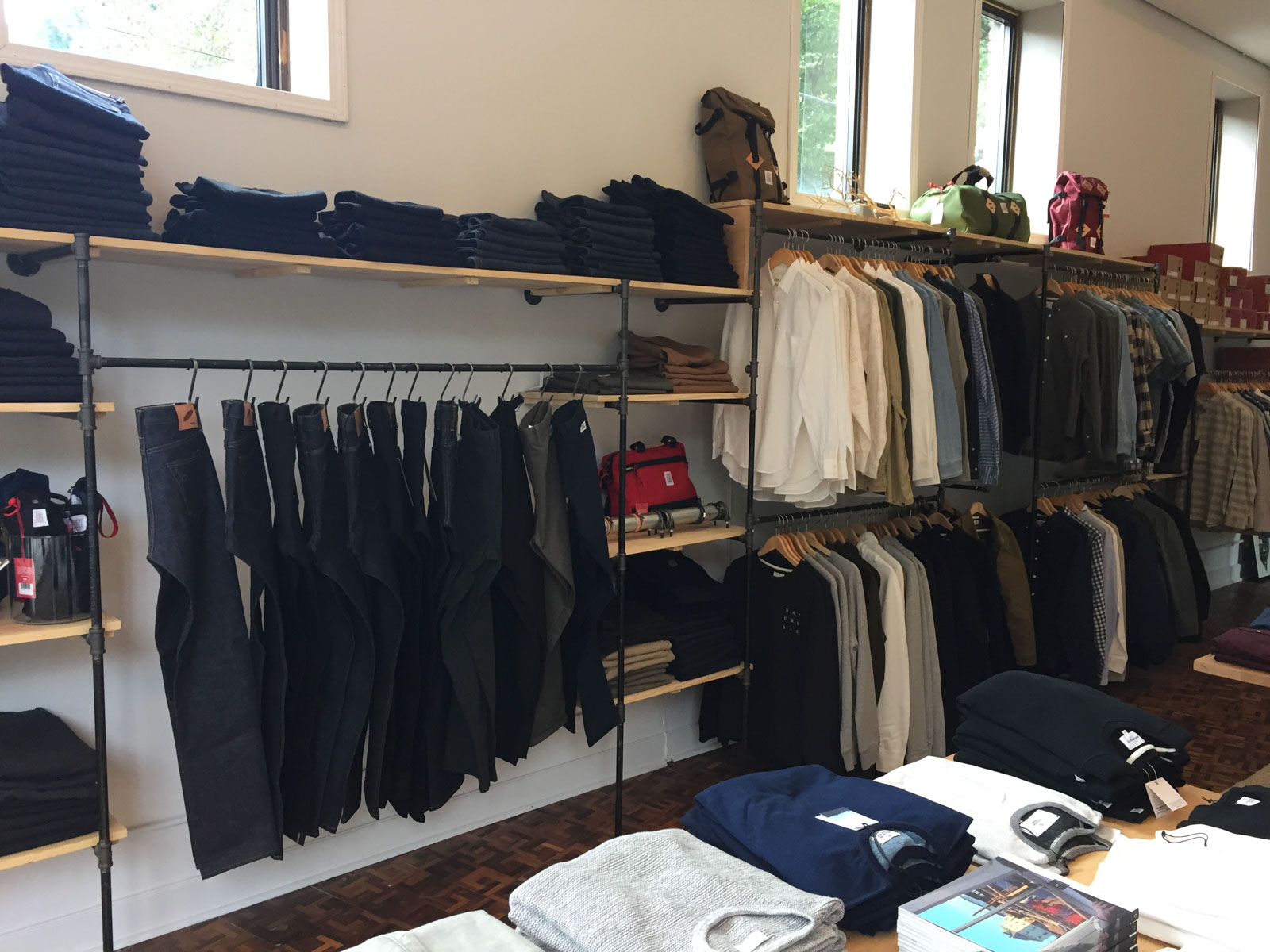Discover the Finest Option of Genuine Eastern Wear
As you check out the myriad designs and designs, each piece holds a tale waiting to be untangled, inviting you to embrace the artistry and elegance that Eastern style encapsulates. Prepare to be mesmerized by the allure of Eastern wear and immerse yourself in a globe where every garment is a testimony to centuries-old practices and splendid craftsmanship.
Background of Eastern Fashion

Eastern fashion has additionally been formed by various conquests, trade routes, and colonial influences over the centuries. The mixing of various cultures has led to unique clothing designs that are abundant in background and importance. Today, Eastern style proceeds to mesmerize the international market, with developers drawing inspiration from standard attire to create modern analyses that attract a large target market. The rich tapestry of Eastern style history acts as a testament to the imagination and craftsmanship of the artisans who have contributed to its development.
Sorts Of Eastern Outfit
Discovering the diverse range of standard garments discovered in Eastern cultures unveils an interesting tapestry of design and styles that reflect distinct backgrounds and cultural identifications (eastern wear pakistan). From the complex embroidery of Indian sarees to the moving silhouettes of Japanese robes, Eastern attire includes a broad variety of designs. In South Asia, the sophisticated and vibrant salwar kameez is a popular selection for females, while men frequently opt for the classic kurta pajama. Relocating in the direction of the Center East, the streaming abayas and intricate kaftans are associated with traditional Arabian style. In East Asia, the sleek lines of Chinese cheongsams and the bold colors of Oriental hanboks display the rich sartorial heritage of these areas. Additionally, Southeast Asia boasts the complex batik prints of Indonesia and the sarongs of Malaysia. Whether it's the luxurious textiles of Persian apparel or the minimal elegance of Vietnamese ao dai, Eastern attire supplies a fascinating peek into the varied societies and traditions of the East.
Craftsmanship and Products
An extensive examination of Eastern clothes exposes the careful craftsmanship and exquisite materials that underpin these typical garments. Eastern wear is renowned for its detailed needlework, delicate handwork, and attention to detail that showcase the ability and virtuosity of the artisans. From the vibrant sarees of India to the moving bathrobes of the Center East, each garment is a work of art of precision and devotion.
Craftsmanship in Eastern clothes often involves classic techniques gave via generations. Craftsmens spend hours, often days, meticulously developing intricate patterns and styles that decorate the material. Whether it's the zardozi work on a Pakistani shalwar kameez or the kantha sewing on a Bangladeshi saree, the level of workmanship is exceptional.
In addition, the products utilized in Eastern wear are carefully selected to make certain both high quality and authenticity. eastern wear pakistan. Fabrics like silk, cotton, velour, and chiffon are generally made use of, each selected for its one-of-a-kind residential or commercial properties that enhance the last garment. Decorations such as beads, bangles, and mirrors include a touch of prestige and high-end to these standard ensembles, making them genuinely stand out on the planet of fashion
Popular Eastern Wear Fads
Current years have actually observed why not try this out a renewal in the appeal of standard Eastern wear, with a noteworthy emphasis on fusion designs and see this page modern adaptations. One noticeable pattern in Eastern wear is the unification of modern-day aspects into typical attires, developing a distinct blend of cultural heritage and contemporary fashion. Developers are reimagining classic shapes, such as the saree and salwar kameez, by infusing them with western cuts, innovative draping methods, and unusual decorations.

Furthermore, minimal appearances and monochromatic color combinations have actually acquired traction in Eastern wear, offering an advanced and understated look. This change in the direction of simpleness mirrors a modern take on traditional styles, interesting those seeking a more sophisticated and polished style statement.
Tips for Designing Eastern Outfits
Integrating modern aspects and conventional craftsmanship right into Eastern wear opens up a myriad of styling chances for fashion enthusiasts looking to create unique and culturally rich outfits. When styling Eastern outfits, it's necessary to find a balance in between standard aspects and contemporary patterns.
Accessories play a crucial role in raising an Eastern attire. Take into consideration adding declaration fashion jewelry like jhumkas or a maang tikka to enhance the total look. For males, a traditional pocket square or a fashionable turban can include a touch of elegance to the set. Take notice of footwear selections, going with standard mojaris or juttis for a complete Eastern-inspired attire.
Last but not least, confidence is essential when styling Eastern use. Accept the social heritage and craftsmanship behind each piece, and wear it with satisfaction to absolutely symbolize the essence of Eastern fashion.
Final Thought
Finally, Eastern fashion provides an one-of-a-kind blend of practice and modernity, showcasing the rich cultural heritage and workmanship of the East. With a varied variety of designs and products, Eastern outfit captivates fashion fanatics worldwide. By checking out the history, types, workmanship, and patterns of Eastern wear, individuals can accept the charm and narration facets of this social outfit in their wardrobe.
The history of Eastern style traces back centuries, reflecting diverse cultural impacts and traditional craftsmanship. Today, Eastern fashion proceeds to astound the global market, with designers drawing motivation from standard clothes to develop modern-day analyses that appeal to a large target market. One noticeable trend in Eastern wear is the consolidation of contemporary aspects right into typical outfits, producing an one-of-a-kind blend of social heritage and modern style.Incorporating contemporary aspects and traditional workmanship into Eastern put on opens up a myriad of styling opportunities for style lovers looking to develop unique and culturally rich outfits. eastern wear pakistan.In verdict, this page Eastern style provides a special mix of tradition and modernity, showcasing the abundant cultural heritage and craftsmanship of the East